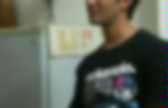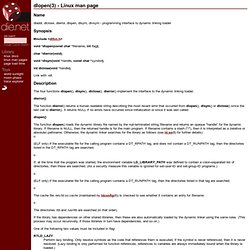

UsingTheTerminal. "Under Linux there are GUIs (graphical user interfaces), where you can point and click and drag, and hopefully get work done without first reading lots of documentation.

The traditional Unix environment is a CLI (command line interface), where you type commands to tell the computer what to do. That is faster and more powerful, but requires finding out what the commands are. " -- from man intro(1) This page gives an introduction to using the command-line interface terminal, from now on abbreviated to the terminal.
There are many varieties of Linux, but almost all of them use similar commands that can be entered from the terminal. There are also many graphical user interfaces (GUIs), but each of them works differently and there is little standardization between them. For the novice, commands can appear daunting: sudo gobbledegook blah_blah -w -t -h --long-switch aWkward/ComBinationOf/mixedCase/underscores_strokes/and.dots In Unity Unity is the default desktop environment used as of 11.04. VI Keyboard Shortcuts. UNIX: vi Editor. How To Disk Dump dd. Dlopen(3. Name dladdr, dlclose, dlerror, dlopen, dlsym, dlvsym - programming interface to dynamic linking loader Synopsis #include <dlfcn.h> void *dlopen(const char *filename, int flag); char *dlerror(void); void *dlsym(void *handle, const char *symbol); int dlclose(void *handle); Link with -ldl.

Description The four functions dlopen(), dlsym(), dlclose(), dlerror() implement the interface to the dynamic linking loader. dlerror() The function dlerror() returns a human readable string describing the most recent error that occurred from dlopen(), dlsym() or dlclose() since the last call to dlerror(). Dlopen() The function dlopen() loads the dynamic library file named by the null-terminated string filename and returns an opaque "handle" for the dynamic library.
(ELF only) If the executable file for the calling program contains a DT_RPATH tag, and does not contain a DT_RUNPATH tag, then the directories listed in the DT_RPATH tag are searched. o The directories /lib and /usr/lib are searched (in that order). dlsym() Makefiles in Linux: An Overview. Download samples in ZIP format - 9.45 KB Introduction Small C/C++ applications with a couple of modules are easy to manage.

Developers can recompile them easily by calling the compiler directly, passing source files as arguments. That is a simple approach. However, when a project gets too complex with many source files it becomes necessary to have a tool that allows the developer to manage the project. The tool I'm talking about is the make command. This article is not a full tutorial, it focuses on C applications and how to use the make command and makefile to build them. Download make_samples.zip. Contents . Make command syntax is: make [options] [target] You can type make --help to see all options make command supports. Make requires a makefile that tells it how your application should be built. Make -f run.mk -f option tells make command the makefile name that should be processed.
There are also two special names that makes -f option not necessary: makefile and Makefile. Make <enter> 2.